The world's most complete and easytolearn flower arranging techniques, your life cannot be without flowers!
A good flower arrangement is like a decorative painting, which can embellish your room and enhance your personal taste. Today, I will teach you a few flower arrangement techniques. Let's take a look!
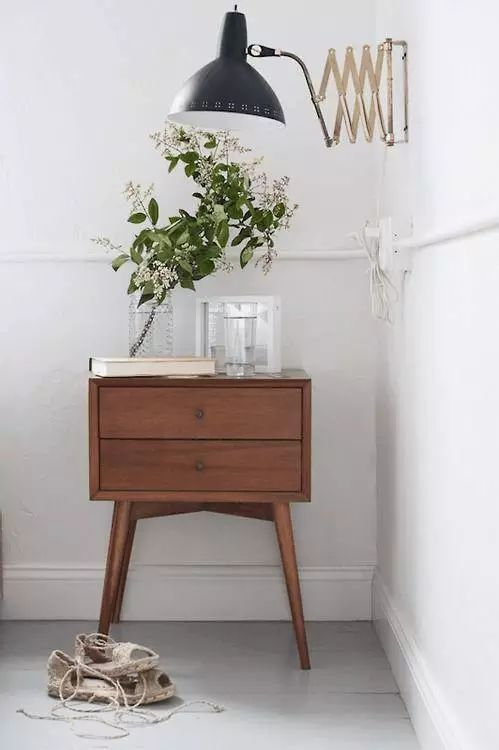
Basic steps of flower arrangement
Trim → Fix → Insert
(1) Pruning: Prune the original flower branches, remove the yellow leaves, cut the length, and cut the branches at an angle. This can extend the life of the flowers.
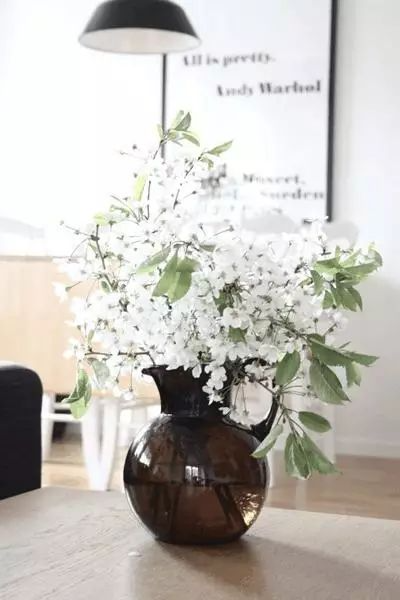
(2) Fixation: To put it simply, it means shaping the flowers. You can use tools or some clever methods to fix them.
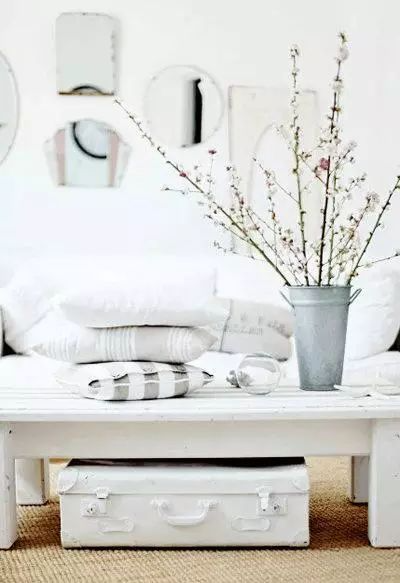
(3) Order of inserting: Select materials, select background leaves, and insert flowers. In actual operation, flowers should be inserted first and leaves later.
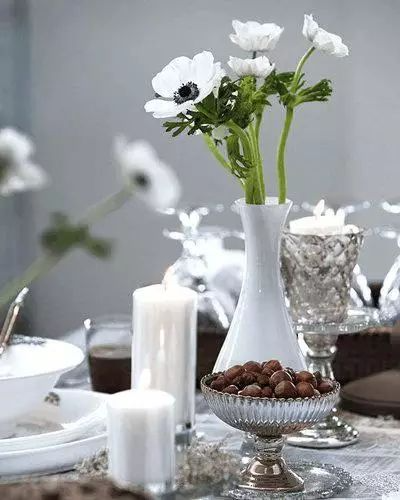
Flower Arrangement Fixing Techniques
1. Branch fixing
When arranging certain flowers, some branches are always difficult to bend. They are like girls with stiff limbs, which is a headache for people. For example, the crabapple, decorative pine, maple, etc. When fixing these plants, you cannot use wire to tie them up, and you need to break branches to fix the shape.
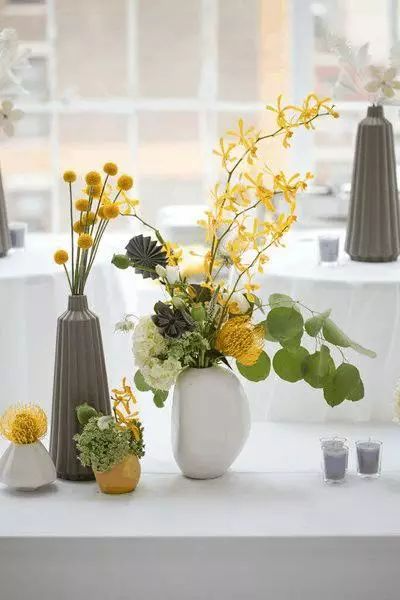
Select a part of the branch, hold it with both hands, and bend it hard. If you encounter a tough branch, you can embed stones or wood blocks at the fold to prevent the branch from bending and resetting.
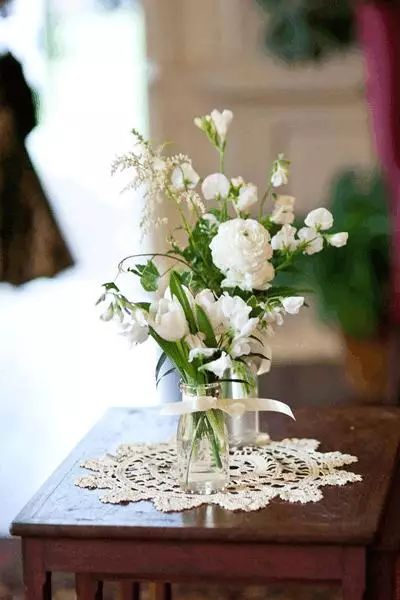
2. Clamping and fixing
When arranging flowers, they always move and swing. There are two ways to solve this problem. One is to cut a notch at the end of the flower branch and clamp a small branch in the middle to form a cross. This will make it more stable when placed at the bottom of the vase. The other is to use straight branch clamps to fix it. That is, add a branch to the original branch and tie it together with the original flower branch. This method is suitable for long vases.
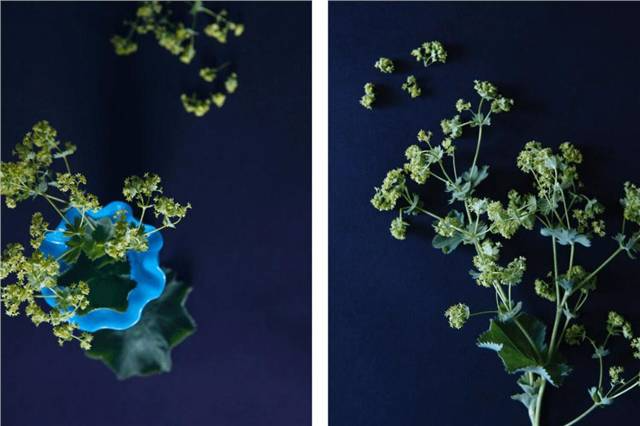
3. Bottle mouth bracket fixed
The vase mouth brackets are generally cross-shaped or Y-shaped, which are mainly used for the situation that the mouth of some vases is too large and the branches are difficult to fix. The cross-shaped bracket generally allows the branches to lean against the angle of the cross of the vase mouth. If it is a Y-shaped bracket, the branch base is supported on the inner wall of the vase, and the branch waist is against the notch of the bracket.
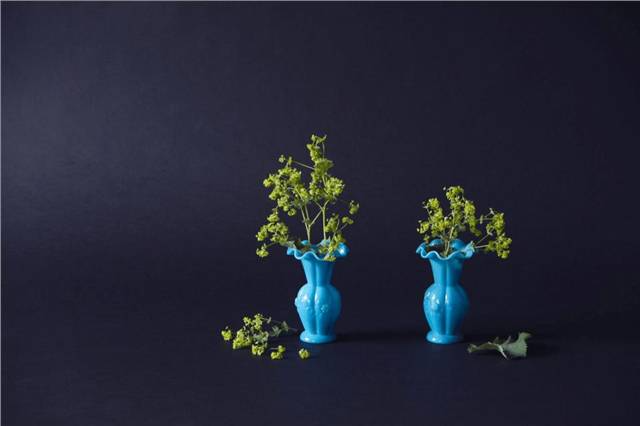
Common forms of home flower arrangement
Common forms of flower arrangement include upright, flourishing, oblique, cliff, natural, and fruit and vegetable flower arrangement.
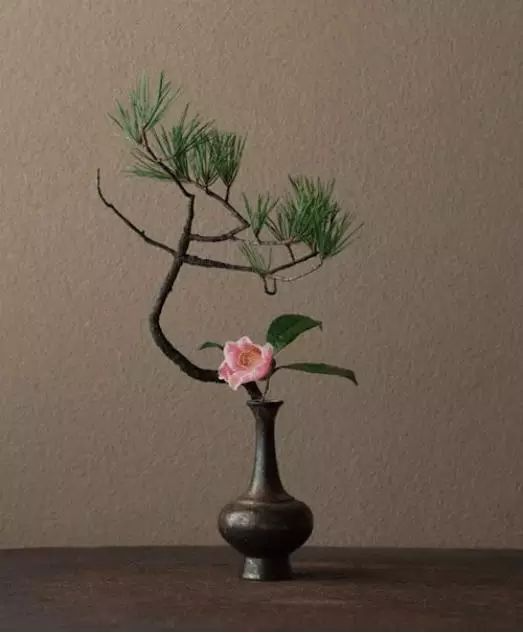
Home vase flower graphic tutorial
Taking roses as an example, let us introduce how to arrange flowers in a vase at home. It is very simple and you will learn it at a glance. Friends who have flowers nearby, hurry up and try it!
1. Remove the leaves and thorns from the rose stem, keep a few leaves near the flower head, and cut the roots obliquely for later use.
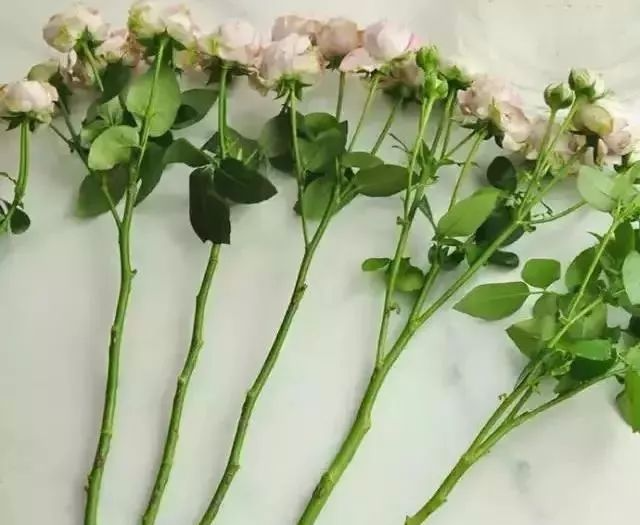
2. Prepare a vase, add one third of clean water, and place the bottom of the first rose stem close to the edge of the bottom of the vase, with the upper end tilted against the edge of the vase.
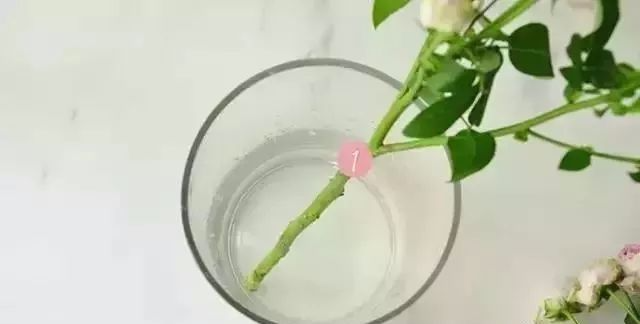
3. Take the second rose and stack it on the stem of the first rose in the same way. The angle between the two roses should not be too large, and there is an intersection at the stem, which is the spiral point of the entire bouquet.
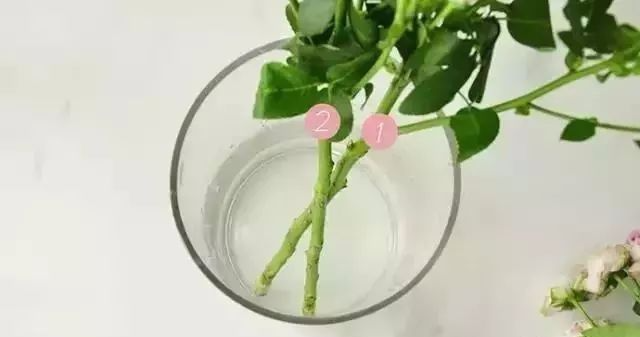
4. Insert the following roses into the vase in the same way as above, making sure that all the flower stems are rotated in one direction, either clockwise or counterclockwise.
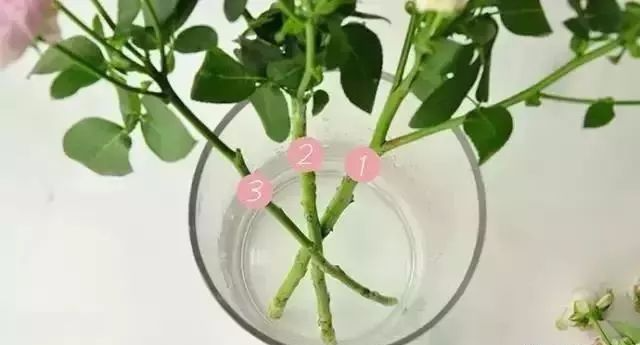
5. Put all the prepared roses into the vase according to the above method. The final effect is that all the roses are arranged in the vase in a spiral at the same angle.
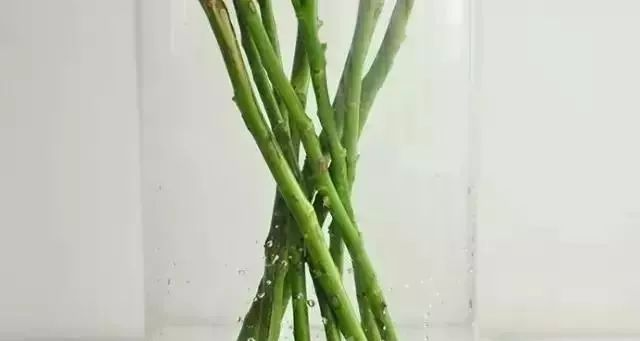
6. After adding flowers, adjust the height and direction of the flowers to make the vase flower arrangement fuller. Just like that, a simple vase flower arrangement is completed. Isn't it as difficult as you think? And you can also learn the spiral at the same time~
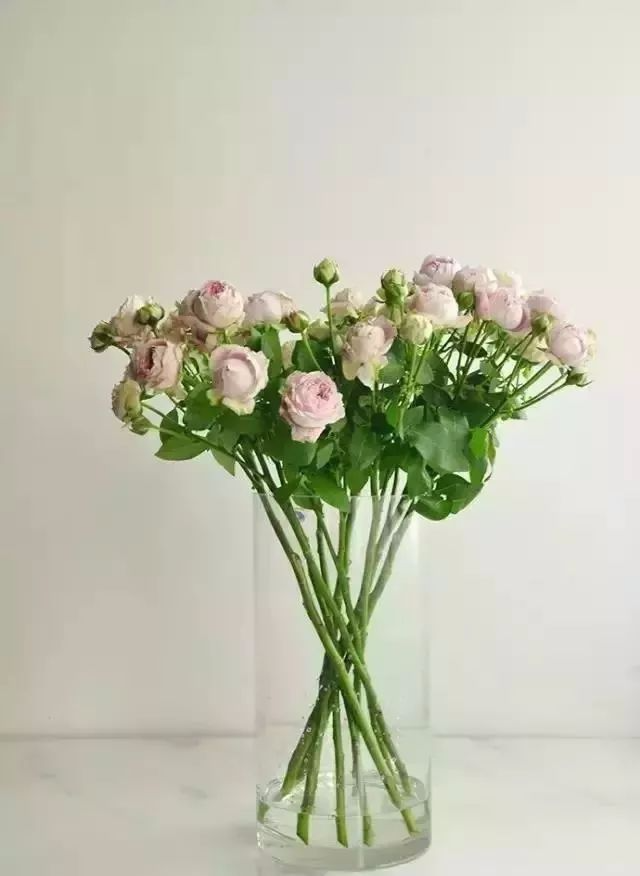
If you want the entire work to have a richer variety of flowers, you can continue to add other flowers after all the roses are inserted. The newly added flowers can be placed in the gap between the two rose stems, which is equivalent to narrowing the distance between the flower stems. This way, the resulting bouquet will not appear messy.
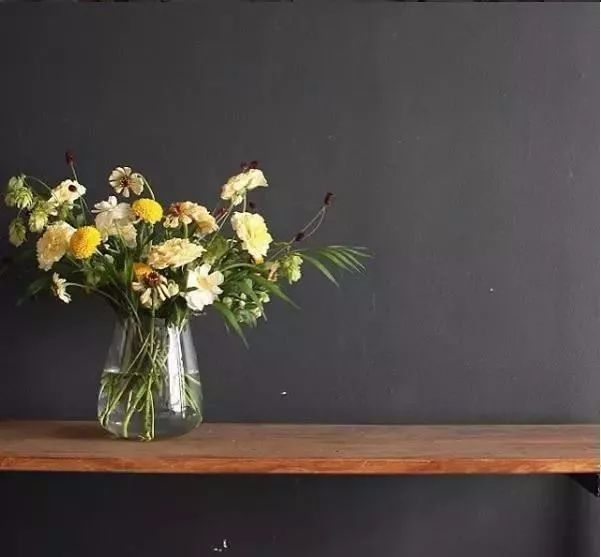
However, some fans will definitely ask after reading this: the method is very simple, but I don’t have the flowers in the picture, so how should I match and choose the flowers? What kind of flower pot will be more suitable? How should I maintain it after inserting it? How often should I change the water? Don’t worry, just scroll down and you will know!
Selection and matching of flowers for vase flower arrangement
When arranging flowers in a vase, you can only choose flowers of the same kind (such as clusters of roses and daisies). This is the least likely to make mistakes and can ensure overall harmony.
When choosing woody flowers, pay attention to the curvature; when choosing herbaceous flowers, pay attention to the gracefulness, softness and firmness. The flowers in the flower arrangement should be few but not lonely, one or two flowers can also be elegant and free, and look calm.
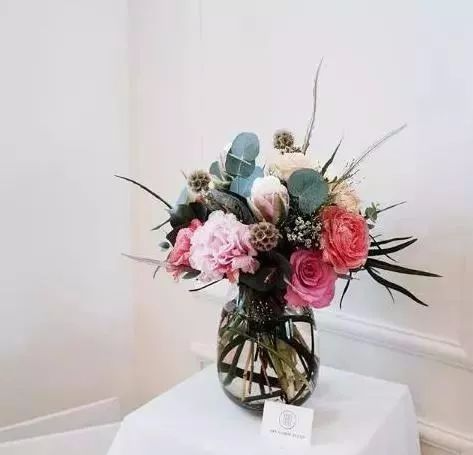
At the same time, when inserting flowers into the vase, do not insert branches of other varieties between the same material and leaves. Large flowers should not be inserted too high to avoid a "top-heavy" feeling.
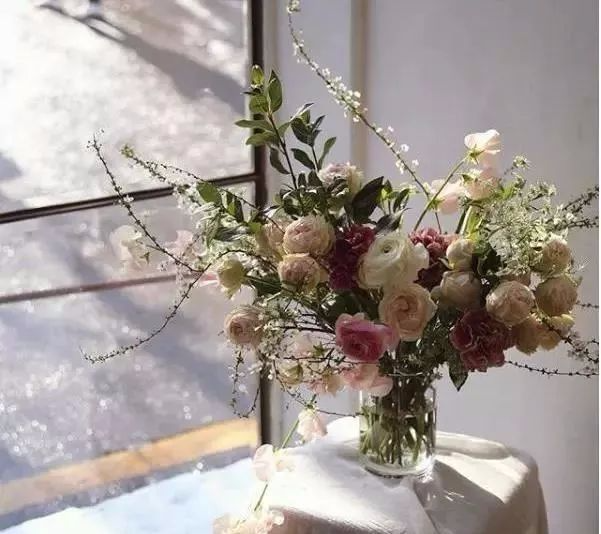
When different kinds of flowers are arranged together, dark-colored and large flowers tend to stand out, and light-colored flowers and grass should be used as a backdrop. Try to avoid using flowers that have already bloomed or have a short lifespan, to prevent the display from not lasting long.
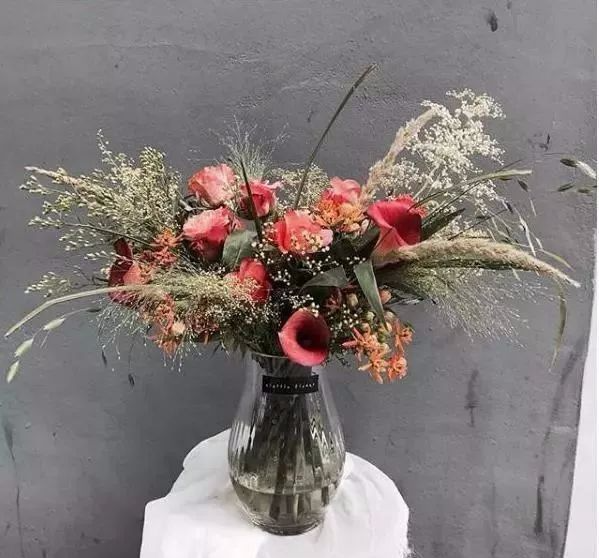
It is easier and more beautiful to use complementary colors to match colors. The colors of the same vase should not exceed three colors. Flowers of the same kind should not be placed together in equal amounts, but should be half each, with a main and a subordinate, and be matched reasonably. The color of the vase must not cover the color of the flowers, otherwise the main and the secondary will be confused.
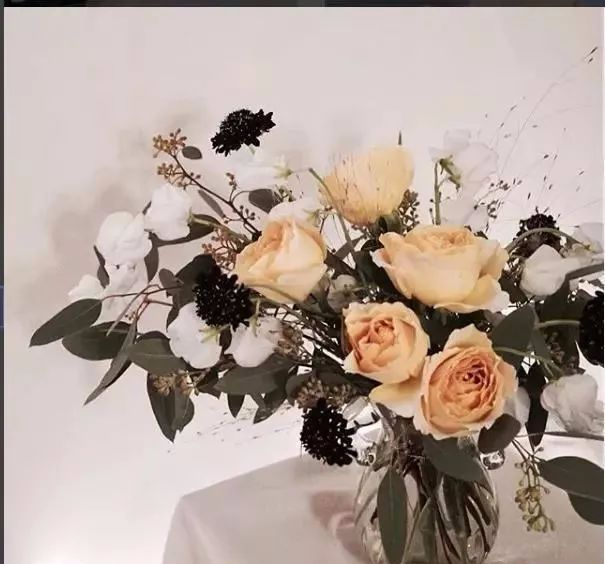
Pruning of flower arrangements in a vase
Do not cut the branches too short before pruning. Firstly, the flowers at home should be cared for and appreciated at the same time. If the branches are pruned too short every day, they will not grow long. Secondly, if the branches are cut too short at the beginning, it will be too late to make changes later.
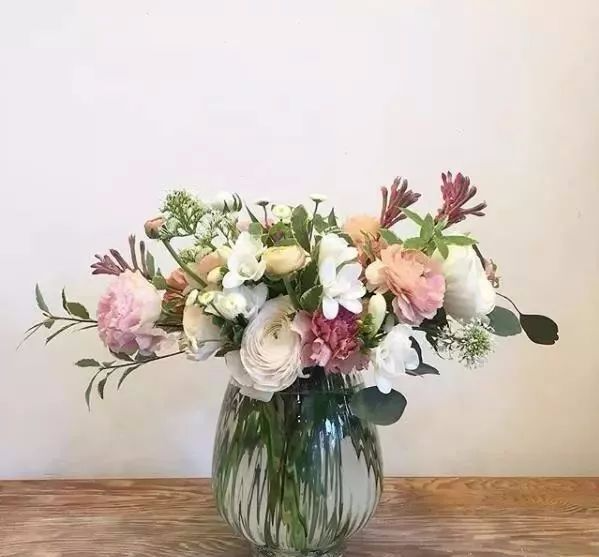
When arranging flowers, you can first determine the highest point and the widest point of the vase. That is, insert the tallest flower first, then the widest one, and then the focal flower.
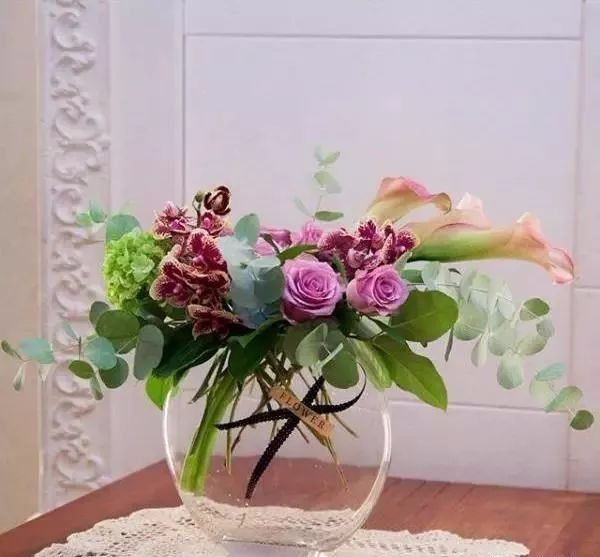
Selection of flower vases for vase flower arrangement
Which vase is suitable for which flowers? How to choose a versatile vase?
First pay attention to the size of the vase mouth. If you are not so diligent in buying flowers, a narrow-mouthed vase is most suitable. Generally, if there are many flowers, choose a vase with a large diameter. If there are few flowers, choose a vase with a small diameter.
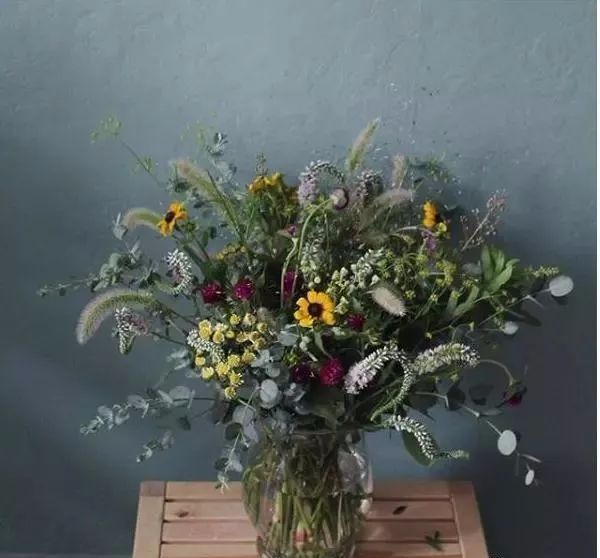
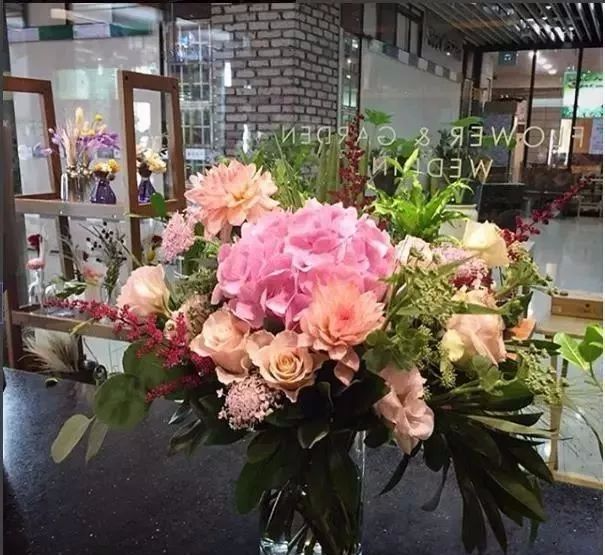
Next, look at the shape and height of the vase. The length of the flower stem should be approximately 1.5 to 2 times the length of the vase.
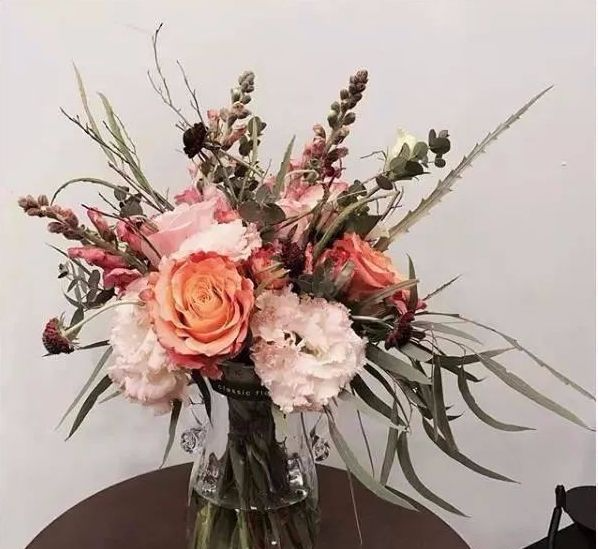
Generally, transparent glass vases are the easiest to buy, but you need to trim the roots that may be exposed, otherwise the messy roots will steal the limelight from the flowers.
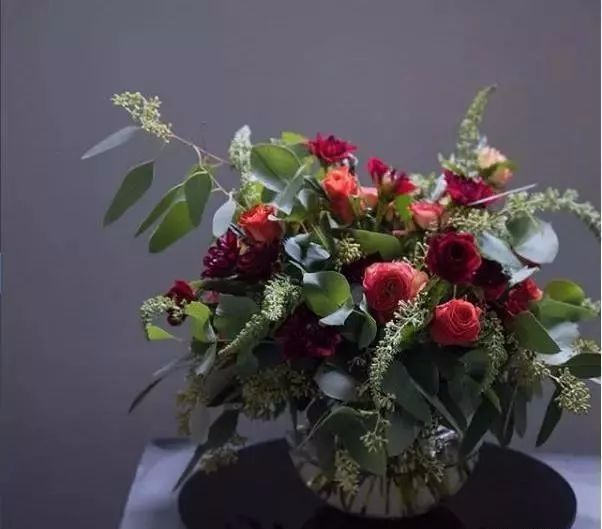
Plain ceramic vintage vases can probably be considered the "high-end basic style" among vases. They look great just by themselves and can especially set off the bright colors of flowers; colorful vases can brighten up the space.
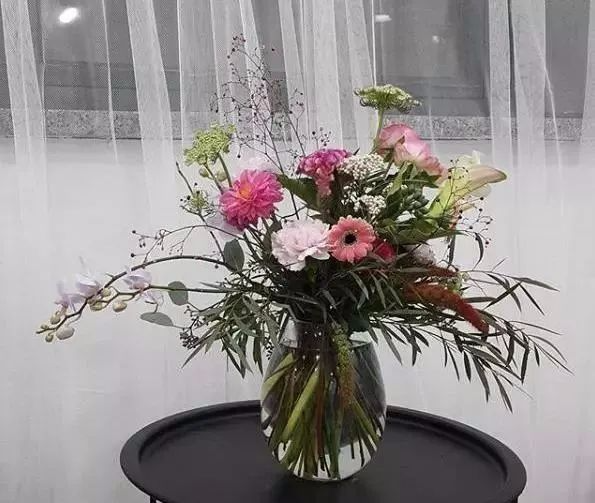
In addition, if you are not particularly knowledgeable about flower arrangement, it is recommended that you choose a short vase, which does not require the height of the flower stems. You only need to trim them to a length where the flowers can just emerge from the mouth of the vase.
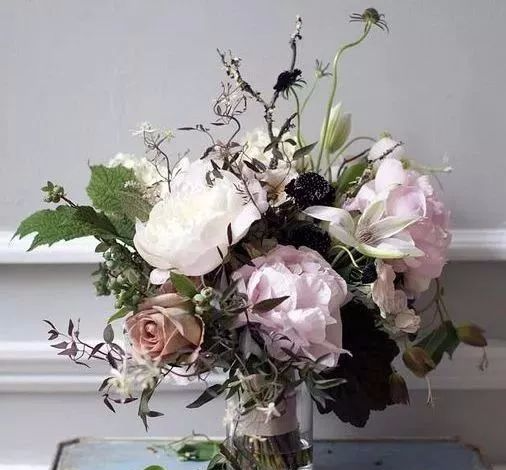
So beauty is actually very simple, we can all be artists of life. So if you have a bottle or a flower next to you, try it now~